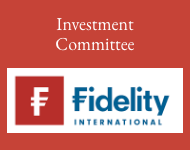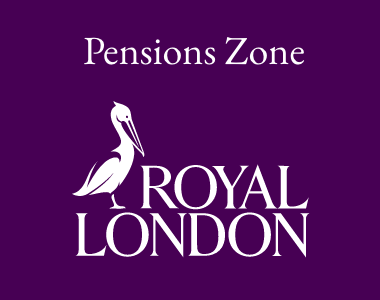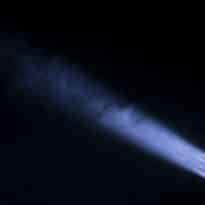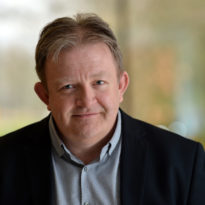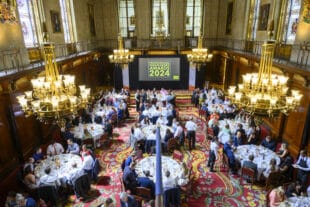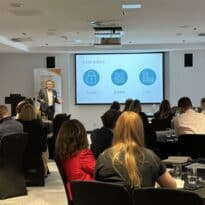Max Stainton, Senior Global Macro Strategist at Fidelity International, comments on the US Federal Reserve holding interest rates despite political pressure from the US President.
As expected, the Federal Reserve (Fed) kept the Fed funds rate unchanged at 4.25-4.5%. Additionally, the statement saw limited amendments, with the main change being a downgrade in the assessment of current economic growth.
However, the duel dovish dissents by Governor Waller and Governor Bowman calling for a rate cut at this meeting was much more significant. The dissent from Governor Waller was not entirely surprising given his most recent speech, titled “The case for cutting now.” And while Governor Bowman’s dissent was slightly more surprising, it is consistent with her very dovish remarks in June. While this is the first time since December 1993 that two Governors have dissented, we don’t believe these dissents convey much signal onto the debate in the committee. It is well known that both individuals are currently auditioning for the Fed Chair appointment, and as such have to burnish their dovish credentials.
At the press conference, while Chair Powell was deliberate in his efforts to emphasise data dependence, reasonably highlighting that two employment reports and two inflation reports are due between now and the September meeting, he also pushed back at the idea that a September cut was imminent, stating that current financial conditions are fairly easy.
This quiet hawkishness from Powell sets up a continuing political battle between the Fed and the executive, and is indicative of the broader political pressure that Powell and the Committee will come under as a result of this pause – particularly after the Waller/Bowman dissents. To emphasise this point, the President wrote on social media immediately after the release of the statement that he expects rates to be cut in September.
Looking ahead, we continue to expect the US economy to pass through a stagflationary phase through the rest of the year, as a result of effective tariff rates moving up to the 18-20% range, with inflation likely to reach 3.5% by Q4, and underlying growth remaining subdued at below 1%. However, risks are also building that the growth shock from tariffs will be larger than expected with a resultant larger negative shock to the US labour market.
Given this outlook, we expect the Fed to break into three distinct camps as the year progresses. The first camp will consist of ‘political cutters’, who are advocating for cuts as much to get the attention from the President as anything else. The second, a classically dovish camp that puts more weight on the weakening labour market fundamentals. Finally, a third hawkish camp that stick rigidly to the Fed’s mandate in weighting inflation and unemployment equally, cautious of stagflationary pressures persisting for the rest of the year and into next, that have a preference for keeping the Fed funds rate high for longer.
In this press conference it was clear that Powell firmly sits in this latter camp, and as a result we continue to expect cuts to only start in December this year, a view we’ve held since November 2024.
Main image: donovan-reeves-E4hWWoTTtxw-unsplash




